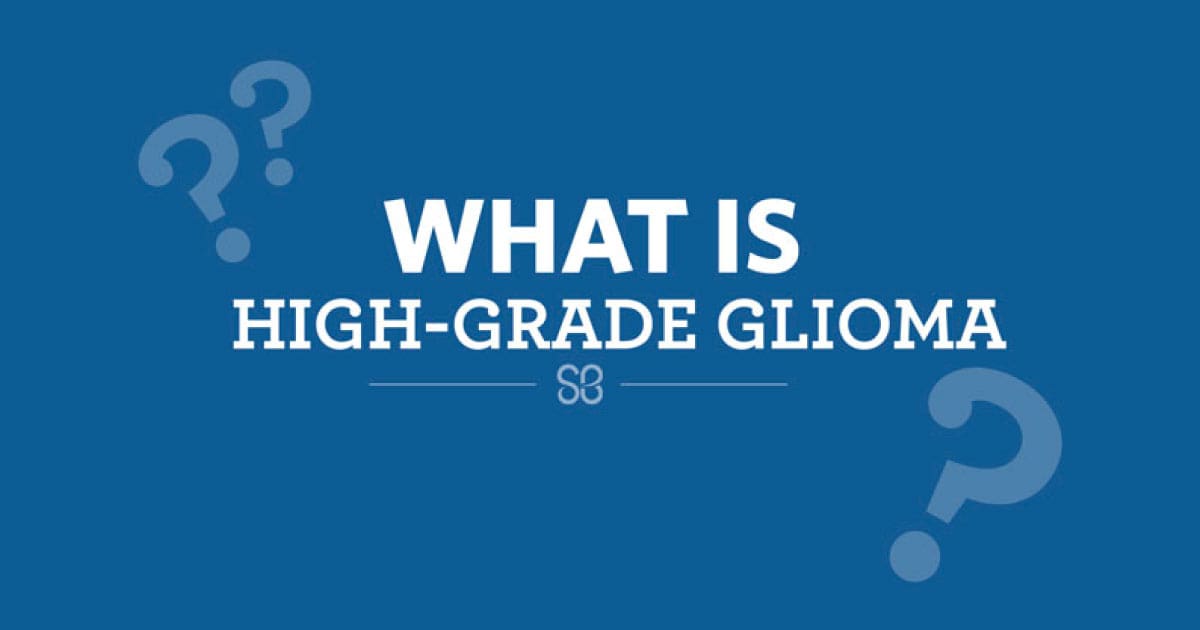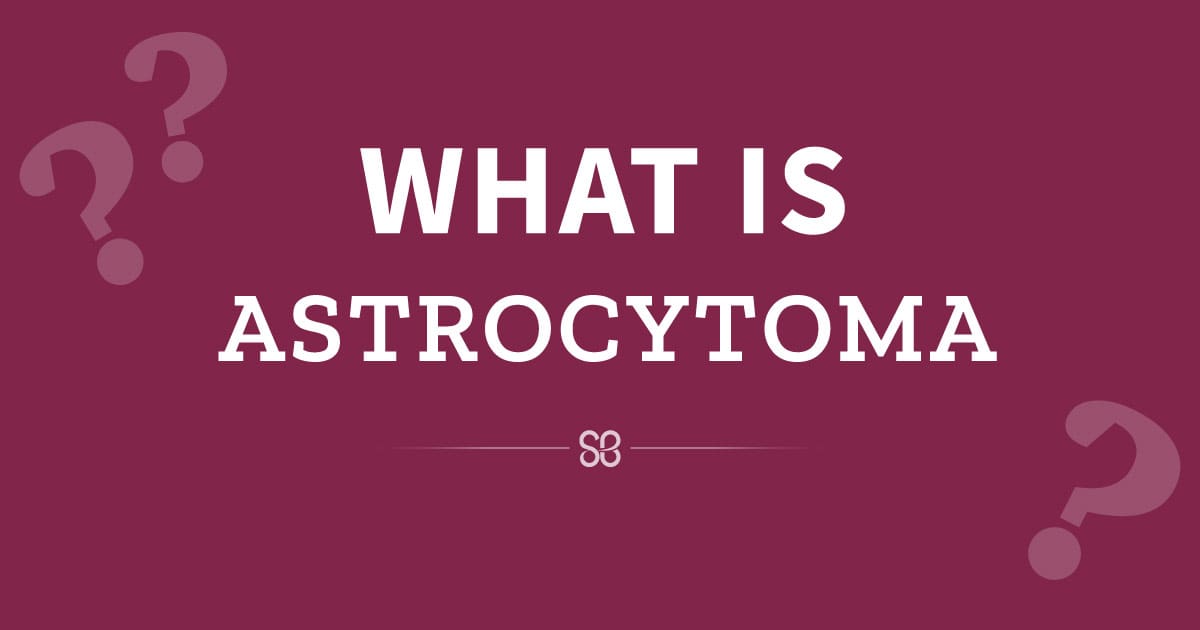What is DIPG?
DIPG, or diffuse intrinsic pontine glioma, is a rare and aggressive brain tumor found in children. It’s a type of high-grade glioma, originating from glial cells that support and protect nerve cells in the brain. The tumors are always located in the brainstem, the part of the brain responsible for essential functions like breathing, swallowing, speech, and eye movements.
DIPG is most common in children between the ages of 5 and 10, but it can affect kids of any age. Each year, about 300 children in the United States are diagnosed with DIPG.
What are the symptoms?
DIPG symptoms often develop quickly, with most children being diagnosed within three months of their first signs. The most common symptoms include:
- Difficulty moving one side of the body
- Problems with facial or eye movements, such as a lazy eye or facial droop
- Trouble speaking or slurred speech
It’s important to note that these symptoms can also be caused by less serious conditions, so always consult a doctor if they occur.
How is DIPG diagnosed?
Doctors primarily diagnose DIPG with an MRI scan. In some cases, a neurosurgeon may perform a biopsy, removing a small piece of the tumor for analysis under a microscope.
Thanks to advances in research, more patients now undergo biopsies. These provide crucial details about the tumor’s genetic makeup, helping researchers develop targeted therapies and guiding personalized treatment decisions for each patient.
What treatment options are available?
Unfortunately, treatment options for DIPG remain very limited. Surgery isn’t possible because the tumor weaves through vital brainstem cells that control critical functions like breathing.
Current treatment options include:
- Steroids and Radiation therapy: This is the most effective option so far. It can shrink the tumor and temporarily relieve symptoms, but it cannot cure DIPG or permanently remove the tumor.
- Chemotherapy: Despite many trials, no chemotherapy has proven effective alone. However, it’s being used in clinical trials in combination with radiation and other therapies.
Almost all children with DIPG pass away within two years of diagnosis, highlighting the urgent need for better treatments.
How is research helping children?
In recent years, researchers have made significant strides in understanding DIPG. Families have increasingly opted for biopsies or chosen to donate tumor tissue after their child’s death, giving scientists valuable opportunities to study the disease more closely.
Key research advancements include:
- Identifying genetic mutations that drive DIPG, paving the way for targeted therapies and novel immunotherapies.
- Developing new drugs that show promise in laboratory studies.
- Improving techniques to deliver medications directly to the tumor, bypassing the blood-brain barrier.
These breakthroughs are now fueling clinical trials, and researchers remain hopeful that more effective treatments will soon become available.
Support DIPG Research
The urgent need for effective DIPG treatments emphasizes the importance of continued research. Every biopsy and every tumor donation brings us closer to understanding this devastating disease and discovering a cure. Help support these efforts and give hope to countless families.
Donate now and help support research into better treatments for kids with cancer.
Learn about one of our Honored Kid’s stories on dealing with DIPG:
Holding on to Hope: Our Family’s DIPG Story



